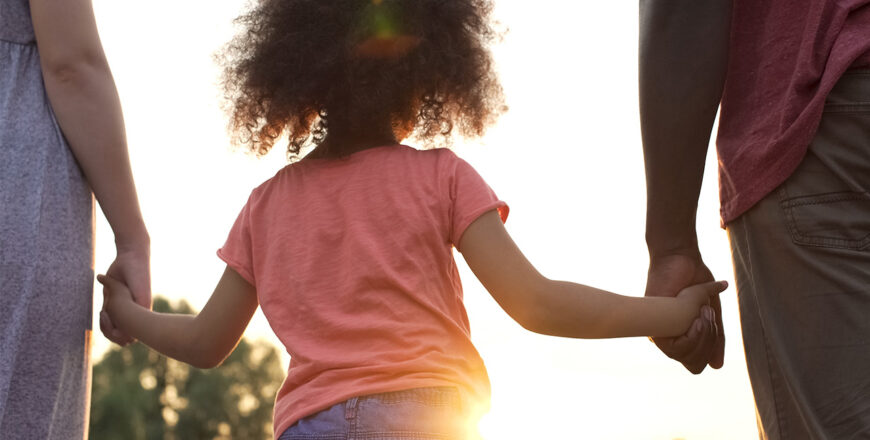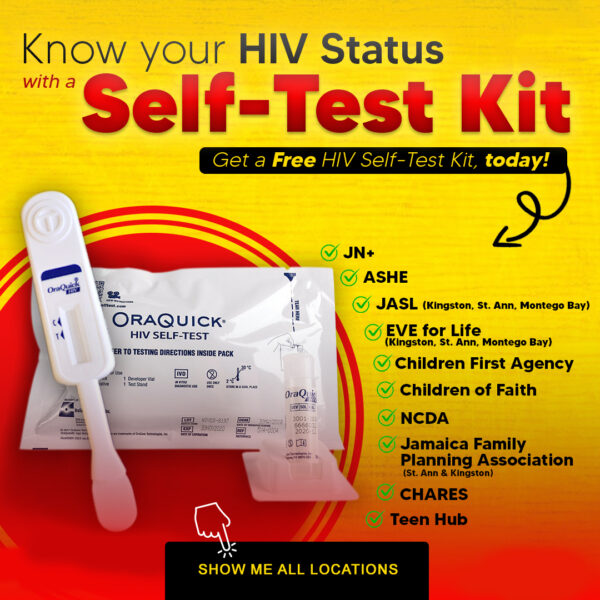
Parenting – The Most Important Job
Parenting is by far the most important job you can be entrusted to perform. Parenting requires patience, time, and the sharing of resources. Admittedly not everyone is cut out to be a parent. But for some people it is a matter of choice and for others, chance. Perhaps the most heartbreaking is the adolescent who is thrust into parenthood. Swirling in their parent’s heads are thoughts that they should be concentrating on their schooling, and a pregnancy is a great inconvenience.
Ideally the adolescent years should be spent building on the formative theoretical information being imparted about how the body works. However, sadly curiosity gets the better of a few of them and they take it a bit further to practical application or experimentation. Many in hindsight will confess that they had little information and have had to become parents earlier than they had anticipated.
The ripple effect of pregnancy touches other family members as resources need to be shared, relationships are strained, and in some instances the mother’s health is compromised. At the national level, health facilities could have a difficult and costly pregnancy on their hands as they seek to provide adequate care for the young woman whose body might not be fully developed.
Jamaica, like many other countries, grapples with the issue of adolescent fertility. The Statistical Institute of Jamaica (STATIN) reported that in 2020, there were approximately 216,200 females 10-19 years. Estimates for 2016 to 2020 of the distribution of women in the reproductive ages 15 to 49 reveal 14.8% are between 15 and 19 years. The World Bank’s data in that same year detailed Jamaica’s adolescent fertility level stood at 48 births per 1,000 women ages 15 to 19 years. This represents a significant decline from the 2008 statistic of 72 births per 1,000 women, as detailed in the National Family Planning Board’s 2008 Reproductive Health Survey. STATIN’s health statistics show that in 2019 there were 4,486 births to adolescent mothers under 20 years old. Adolescent births as a percentage of total births was 12.95 per cent.
Whereas society might decry the adolescent for getting pregnant some parents resign themselves to the reality of the arrival of a baby in a matter of months – after all “Poun’ ah fret cyaan pay ownse ah dett”. This local expression means worrying does not solve a problem, instead the time should be taken to explore solutions. From the caregiver’s standpoint, solutions to be ironed out include providing adequate care to ensure a safe delivery, maintaining their child’s self-esteem, funding continuing education and building a strong support system especially around the mother and baby. The bigger picture drives them to looks down the road to ensuring the adolescent gets back on track to become a significant contributor to society, irrespective of the speed bump that slowed their progress.




Recent Comments